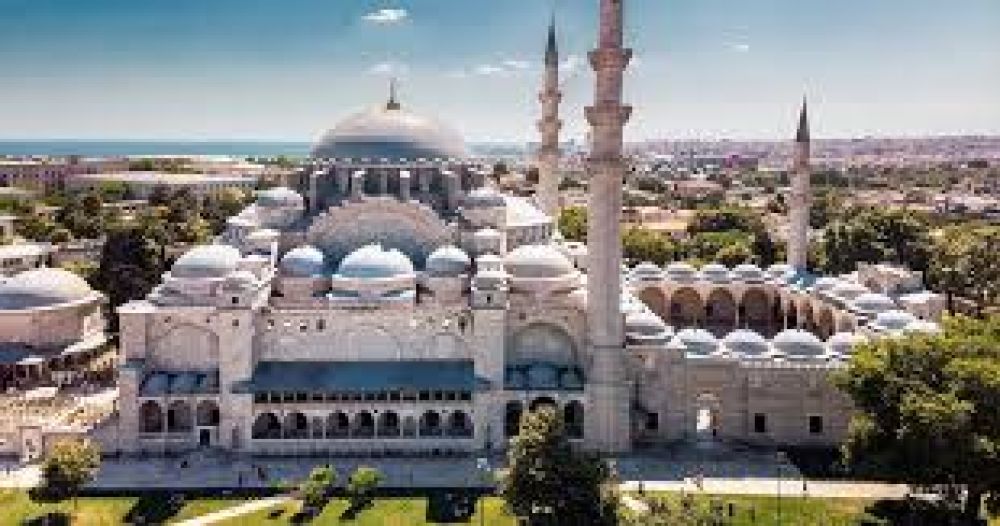

The Suleymaniye Mosque is not just a grandiose structure; it is a symbol of Istanbul’s historical fabric and one of the most visited tourist attractions in Turkey. The mosque’s significance is deeply connected to the golden era of the Ottoman Empire, being a masterpiece of Mimar Sinan, the chief Ottoman architect, and built upon the orders of Sultan Suleiman the Magnificent in the 16th century.
The history of tourism at the Suleymaniye Mosque dates back to the Ottoman period when it was an essential stop for visitors who wanted to experience the splendor of Ottoman architecture and Islamic art. During these times, however, tourism was not as we know it today, but more a matter of intellectuals, scholars, and diplomats experiencing the culture and advancements of the empire.
In the 19th and early 20th centuries, with the advent of orientalism and a keen interest in the Eastern world by Europeans, tourism took a more familiar shape. Travelers began to flock to Istanbul to witness its rich history and beautiful architecture, with the Suleymaniye Mosque being a highlight.
Following World War II and the transition of Turkey into a republic, Istanbul and its historical monuments like the Suleymaniye Mosque began to receive wider recognition as tourist destinations. The development of modern travel, such as air travel, and initiatives by the Turkish government to promote tourism contributed to a surge in visitors from around the world.
In recent times, tourism has become a vital part of Istanbul’s economy with the Suleymaniye Mosque standing tall as an essential piece of the city’s historic and cultural offering. Visitors are drawn to its spectacular dome, intricate Iznik tiles, and breathtaking views over the Golden Horn. The mosque’s blend of Byzantine and Islamic architecture, along with its historical importance, make it a must-visit destination.
In line with global tourism trends, there has been an increasing focus on sustainable tourism practices in Istanbul. Efforts are being made to preserve the cultural heritage and the environment, ensuring that landmarks like the Suleymaniye Mosque can be enjoyed by future generations. Additionally, interactive and immersive experiences, such as guided tours with historical reenactments or virtual reality experiences, are on the rise, attracting a new wave of tech-savvy travelers.
Another trend is the rising popularity of Instagram-friendly spots, with visitors seeking out the best vantage points around the mosque to capture their perfect shot against the Istanbul skyline.
The Suleymaniye Mosque remains one of Istanbul’s most visited locales. Travelers can explore the mosque’s grand interior, the surrounding complex including the tombs of Sultan Suleiman and his wife Hürrem Sultan, as well as the adjacent garden, which offers a serene escape from the bustling city. The mosque's harmonious proportions and its blend of Ottoman and Islamic art continue to awe and inspire visitors from around the globe. With its mesmerizing call to prayer echoing through the ancient city, the Suleymaniye Mosque is a timeless piece of Istanbul’s living history.